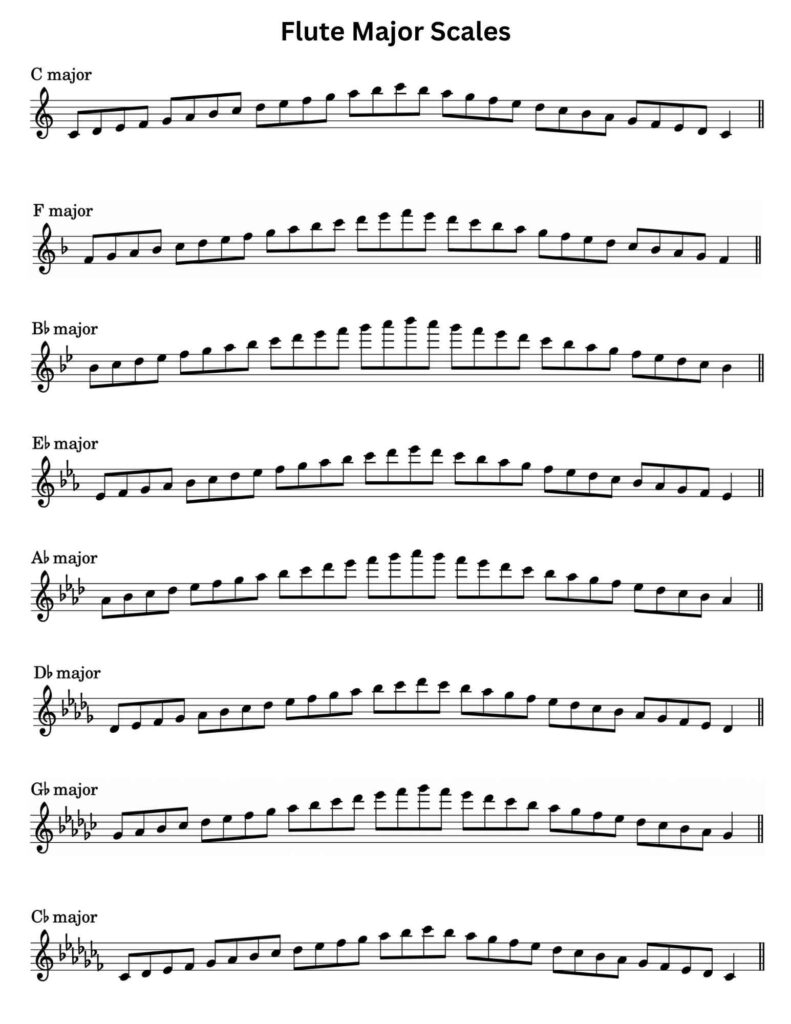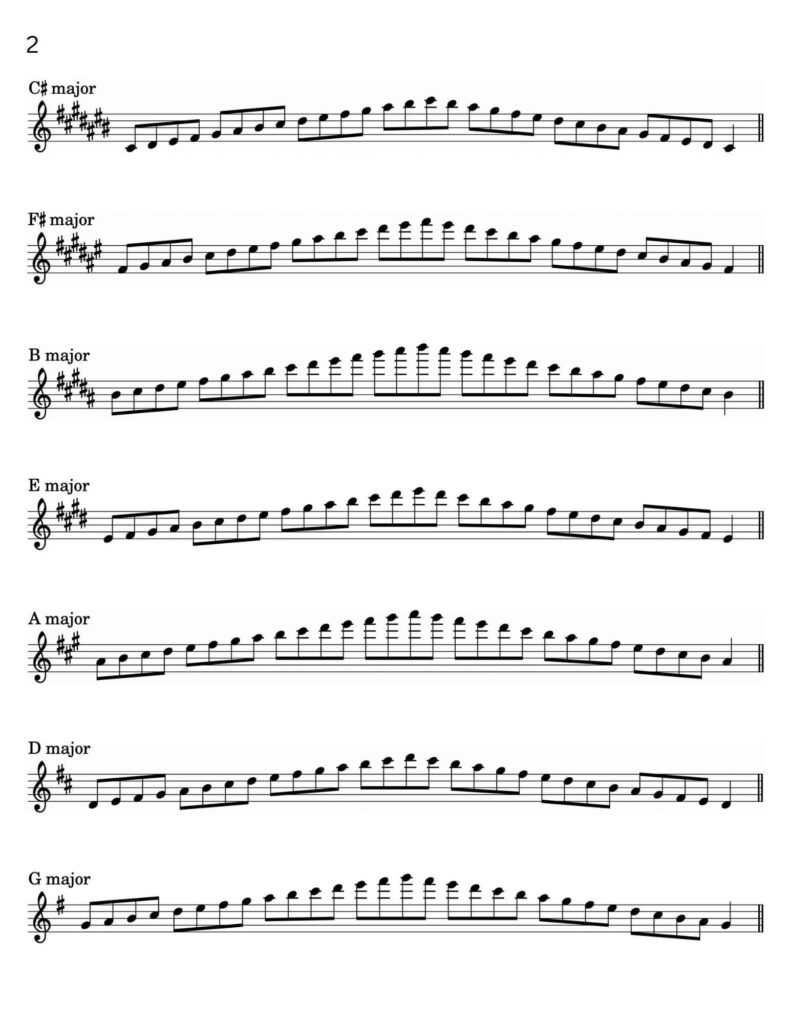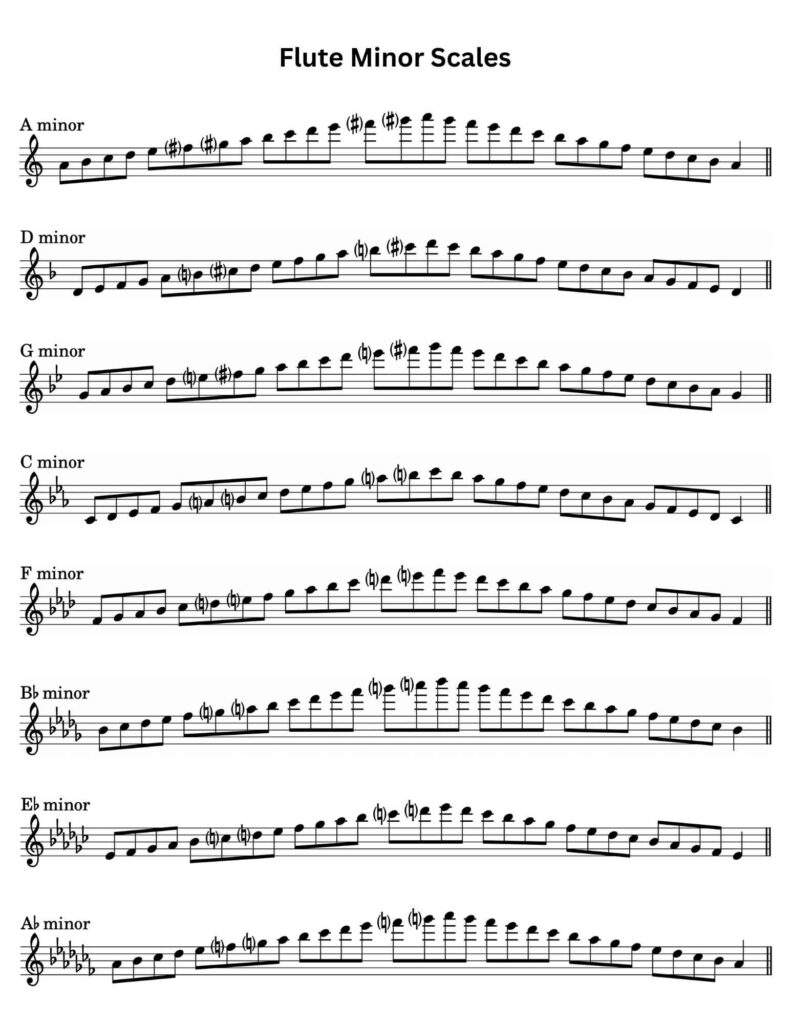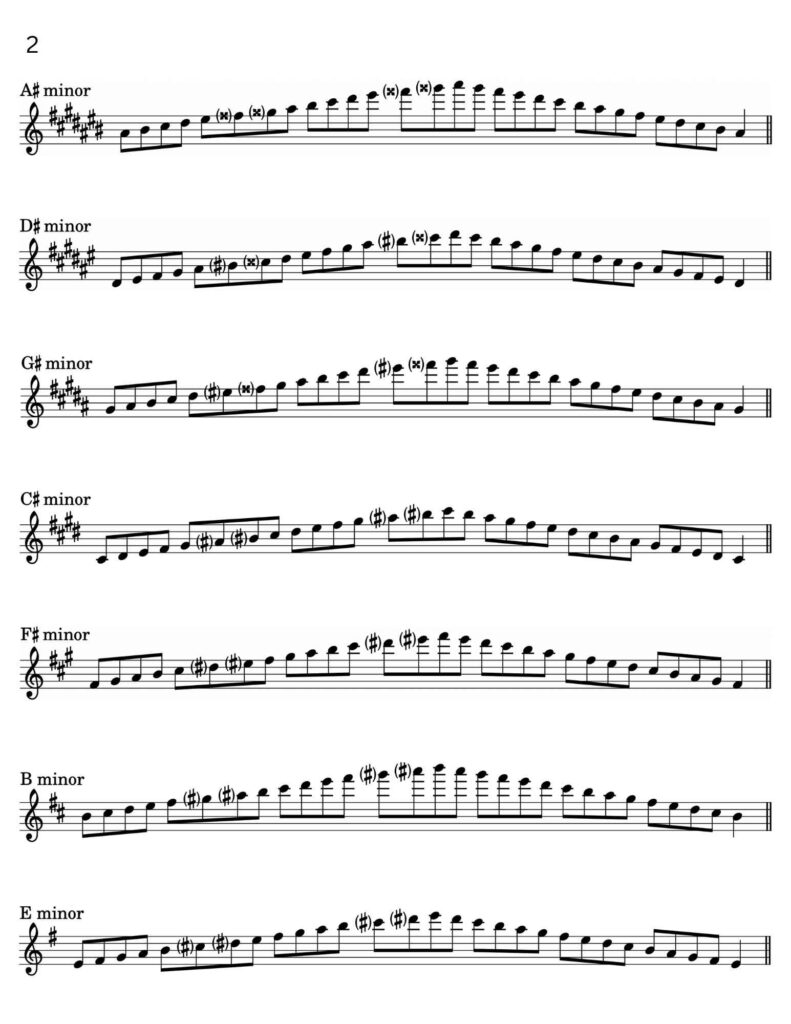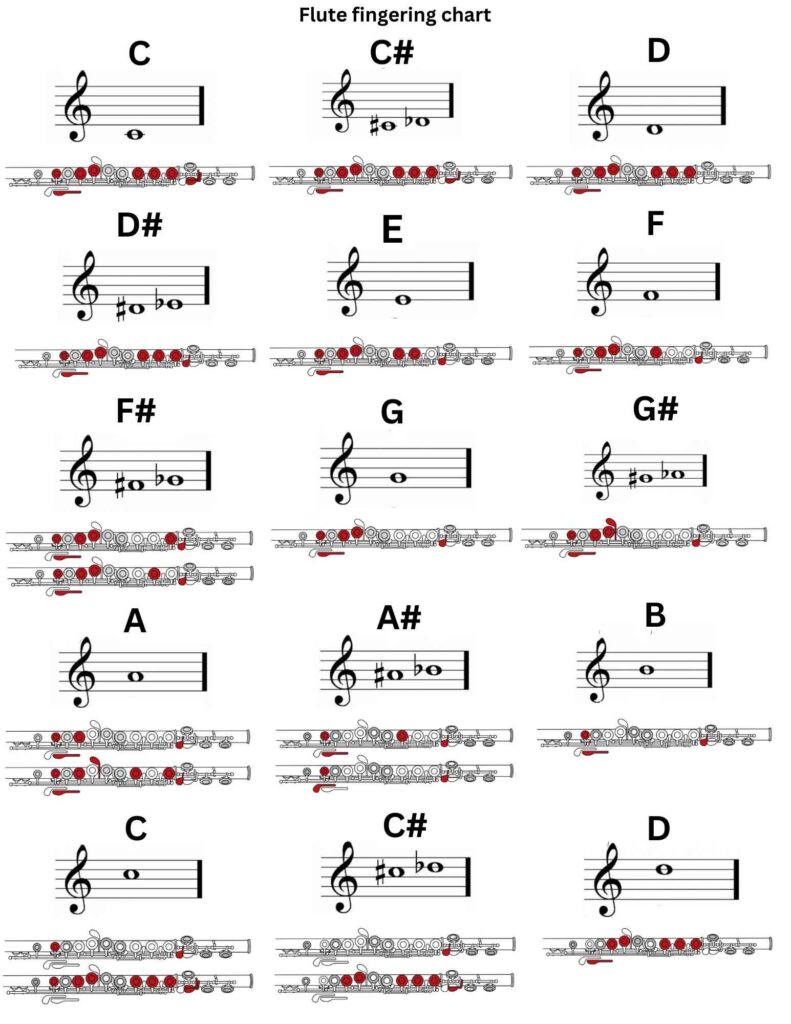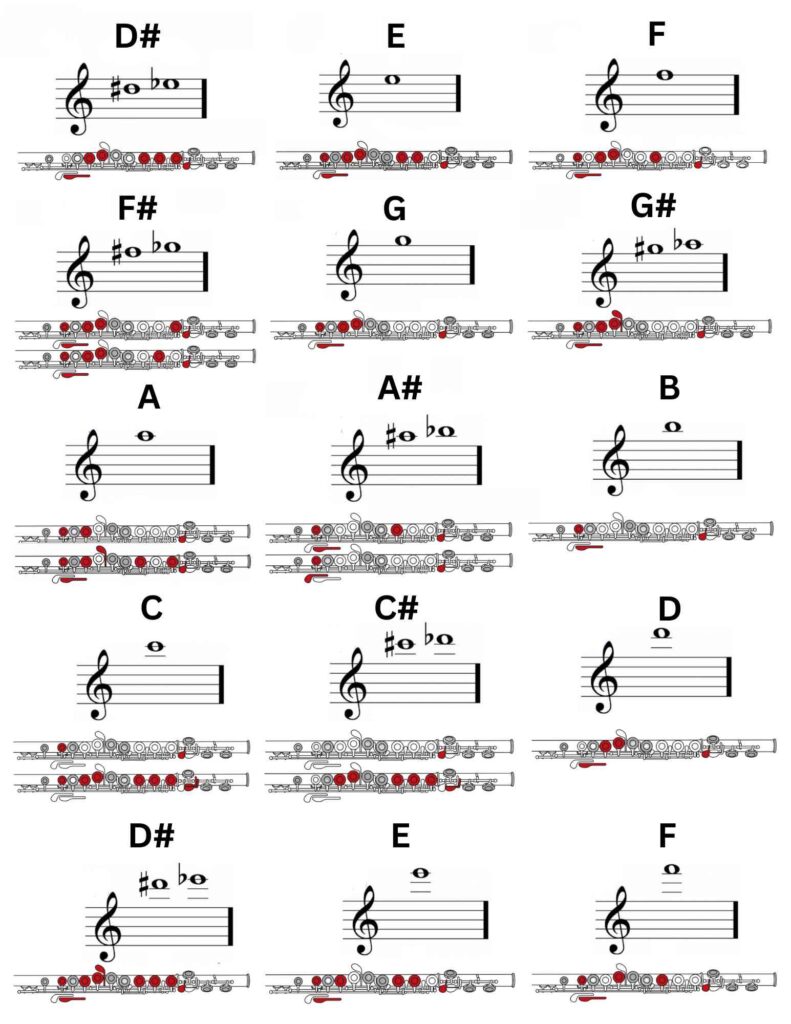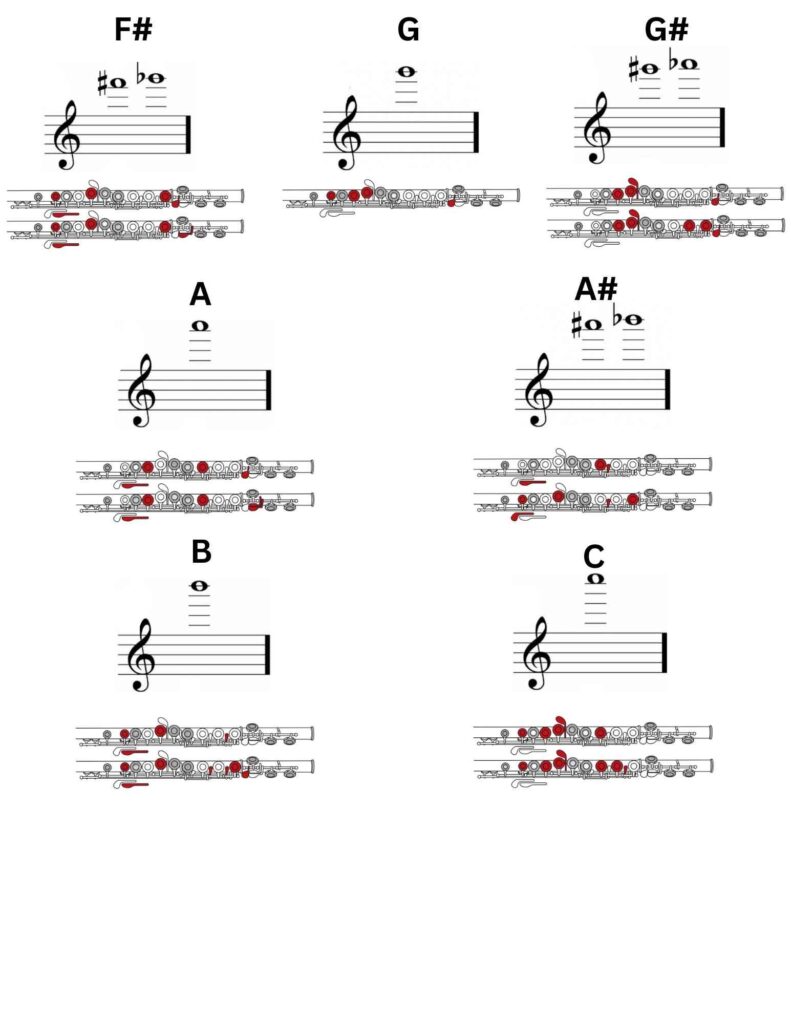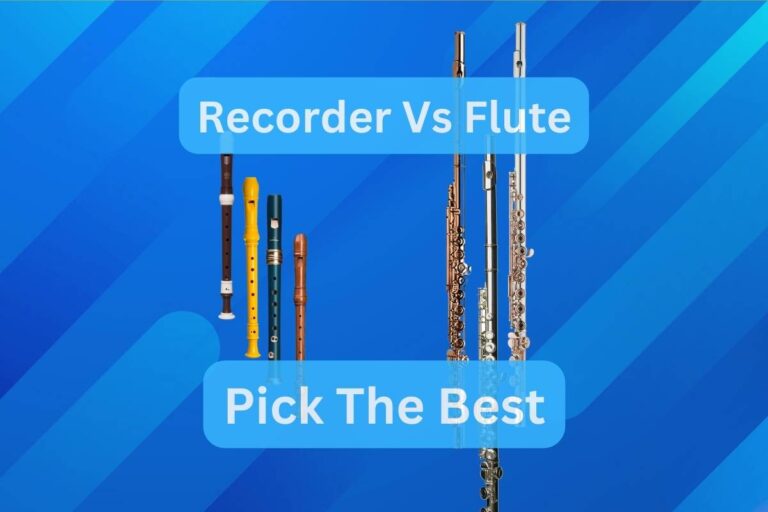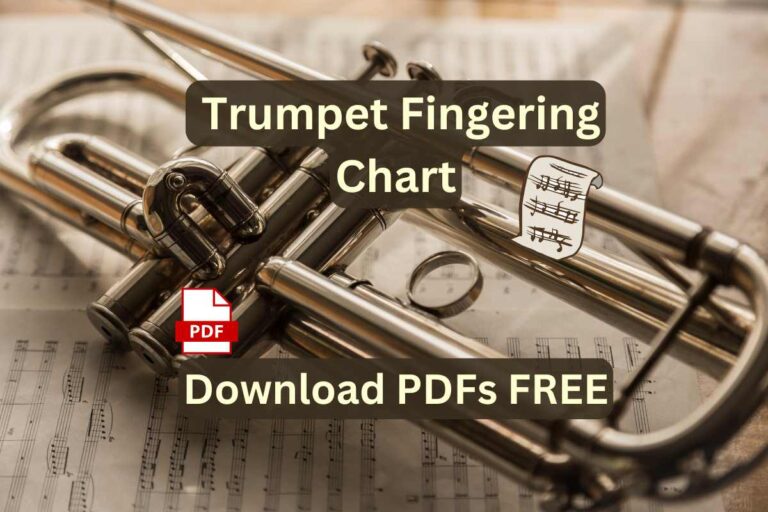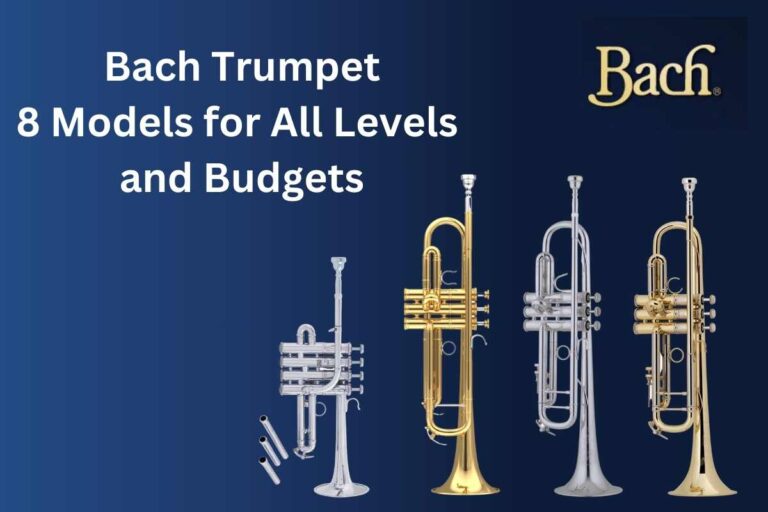11 Flute Tips — Easy Beginner Flute Guide To Improve Flute Tone or Start Flute Playing 2025

Here are 11 flute tips for beginners to fix your posture, get a better tone, learn the fingerings, and find motivation!
If flute is on your list of things to play — you’re in the right place! Having seen so many students STRUGGLE, I understand what you are up against, and I am here to guide you.
From breathing correctly when playing to fingers positioning — these tips will help improve your practice and performance.
What Are The Best Flute Tips To Learn It?
You can learn ANY instrument by yourself (at least the basics). Every new musical instrument feels like a play toy. Endless playing with toys will result in mastering them eventually.
What I believe is most important for any student, especially a beginning one, is having fun. If it stops being fun, take a half-hour break and come back to it — never let difficulties discourage you!!
Count how many days in a row you practice, and give yourself a reward when you get to a target.
Almost anyone can learn to play the flute, whether they have a background in music (or musical instruments). Stick to it long enough, and you will find a flute one of the more accessible woodwinds to get past that beginner level.
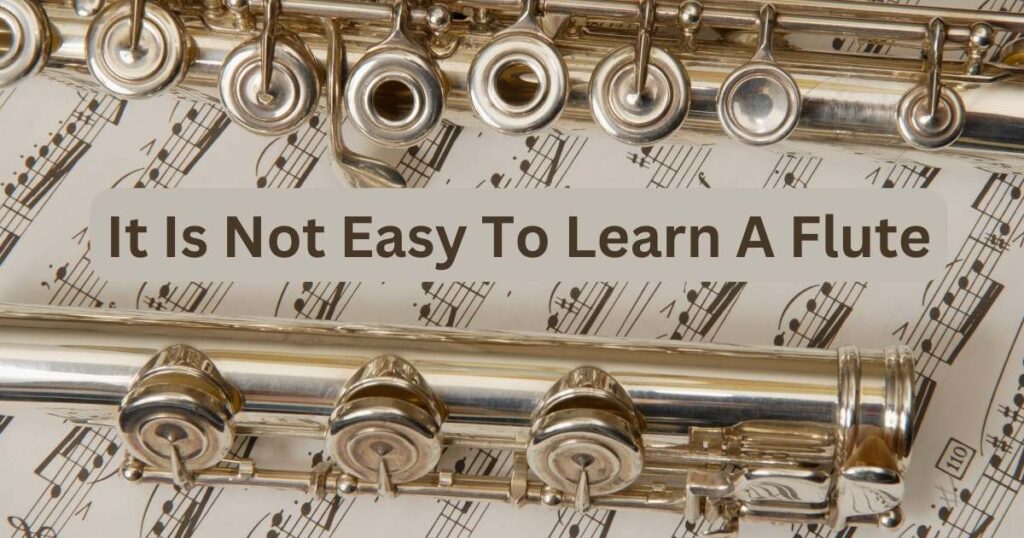
1 Keep In Mind That It Is Not Easy To Learn A Flute
So, you want to be a good flutist? Get ready because learning the flute isn’t straightforward, as it requires delicate breath control and GOOD lungs.
There is no doubt that the flute is indeed a complex instrument to master. The proper technique — in terms of breathing and fingerings — will help you change your breath into a fantastic music flow.
But this should not discourage you. The learning curve feels steep at first, yet the more things you do and the better your sound gets, the more stamina you will build up.
The fingerings are pretty logical, so it is easy to move from one note to another. Plus, C flutes are not transposing, which takes off another layer of complexity.
The first stage of making your first notes on the flute is the most frustrating, tho…
…However, once you do this — you feel on top of the world!!
At first, about half of the air you blow out will not even get through to the flute, so you might even feel light-headed.
Another common issue is overcoming the “hissing” sound that comes with your first attempts to play, which is usually a result of poor posture or flute position (or bad instrumental quality).
Keeping your head and body in the correct position ensures you hold a flute at the right angle. Slumping or flute mismanagement will slow progress or even cause nearly impossible habits to break.
Again, everything becomes relatively smooth once you master the flute embouchure and posture. Playing the flute will eventually become as natural and meditative as reaching your “flow state”, just like Master Shifu in “Kung Fu Panda.”

2 Learn Musical Notation
You can learn the flute without knowing music notation, but why limit yourself?!
Just imagine trying to be an actor if you could not read. Sure, you can learn your lines by listening repeatedly, but it will all go so slowly and be so frustrating!
This would leave you with nothing but memorization!! Plus, you would depend on others for them to feed you lines and could not go out and find new material yourself.
The same goes for failing to read music — this way, you miss an opportunity to reflect and experiment while playing the flute.
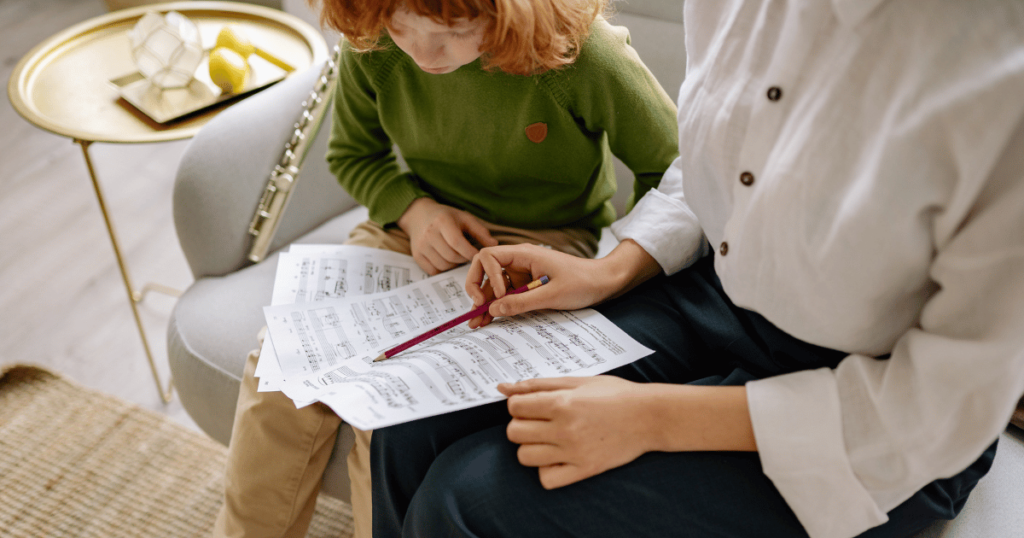
When you can read music, you analyze and understand different pieces and nuances of compositions and effectively collaborate with other musicians.
Without learning how to read music, you miss a connection with music, and your progress will be slow.
Knowing where to put the fingers and how to blow is the beginning.
Some musicians are good at “reading” music but poor at playing by “ear”. Others can easily play by ear but not read the sheet music. The best musicians can do both.
3 Dedication Is The Key
Dedication is your biggest asset for learning any musical instrument!
It is your dedication that you will put into practice the flute that will turn you into a really great flutist, not just another one who can blow a few notes.
When passion drives — dedication follows!!
If the sound of the flute calms you and puts you into a state of peace — you have found the right instrument!! Without this deep connection, you might give up quickly.
Let’s be real — this is not a race against the clock!
There is no timeline for becoming a good flutist. It only depends on how much time you spend practicing.
With over 2-3 hours a day, in barely 1-2 months, you will end up on a beginner level. On the other hand, a mere two minutes of practice daily stretches that journey to years.
Now, get a flute, begin playing, but most importantly — enjoy it!
4 Learn To Play The Headjoint Separately Before Assembling
The challenge in playing the flute is the embouchure.
Beginners tend to blow very hard but have a weak tone because about half of the air they exhale doesn’t enter the instrument.
Unlike the clarinet, saxophone, or trumpet, the flute has little resistance.
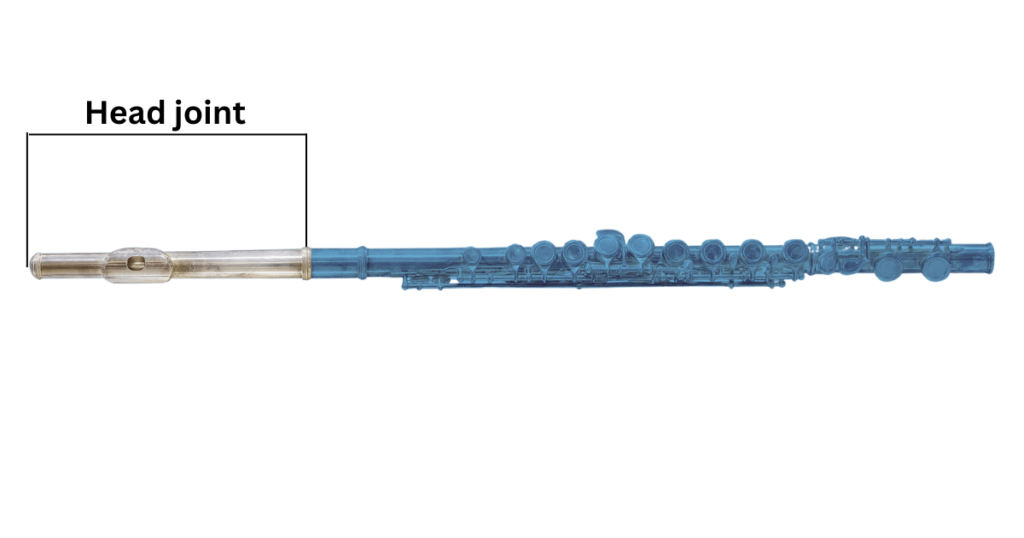
Before playing a fully assembled flute, master the headjoint first — the part with the embouchure hole. It seems pretty basic, but this step is critical for learning good technique.
Lightly grasp the head joint in your right hand, bring it to your lips, and cover the end of the tube (not that embouchure hole) with your left hand. Now blow across the embouchure hole and lip plate, as you would blowing over the top of a glass jug.
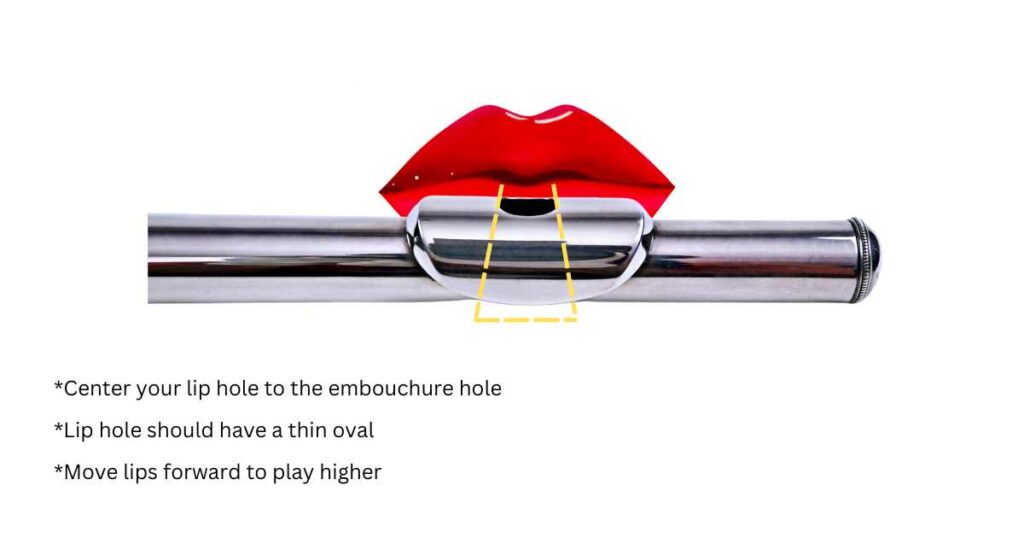
Cover and uncover the tube to experiment with its length. With patience, most beginning flute students start producing sounds within a day or two.
Once you sound decent on the headjoint, it’s time to put the flute together.
When you assemble it, cover all the holes with both hands (or cover those you can with the left hand only) to start with the easiest notes. Blow gently, and you should be able to produce a sound within a day.
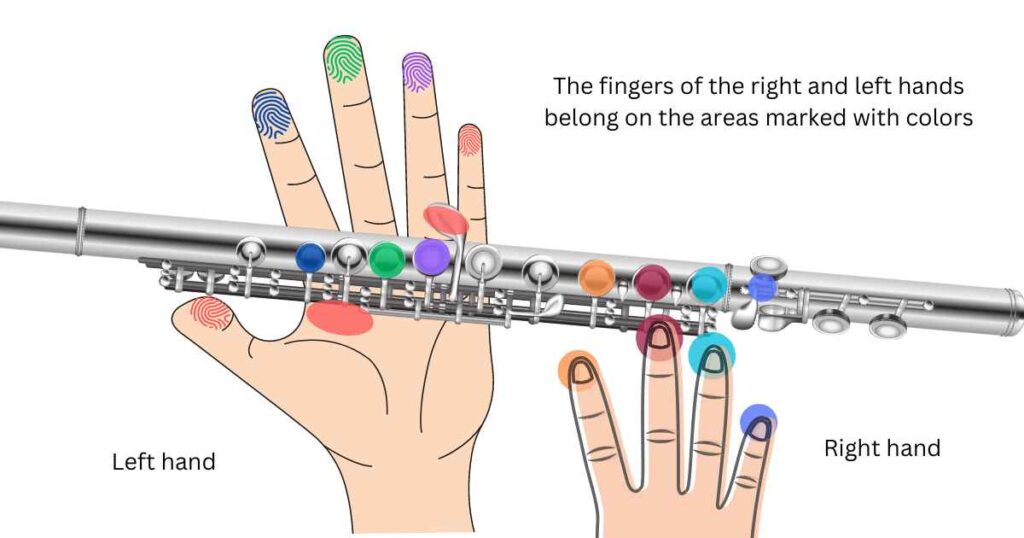
Practice good tone, improvise little melodies, and uncover more holes as you progress. Take your time with the head joint — mastering the flute is all about baby steps.
5 Practise Scales, Arpeggios, Tunes, Articulation
Scales are, first of all, a “playground” for your fingers — a canvas on which you “paint” your musicality.
Some beginners skip scales. Sadly, it only slows them down =(
It’s not just fingerings that you have to work on but also exercises in many different styles of music. Scales are the building blocks for melodies and harmonies — get them into your practice routine!
Memorize your full-range chromatic scale and all 12 major scales. While the basic fingerings for the flute are straightforward, the third octave is challenging!!
Download Flute Major Scales in PDF
Download the Flute Minor Scales PDF
Play etudes in different keys so that navigating different keys and accidentals becomes “second nature”. The practice of scales and arpeggios pays off with faster fingering passages (like “Stars and Stripes Forever”).
Many wind beginners struggle to tongue correctly. Some refuse to stop the air between notes, or they pulse their air in some sense of “faking” tonguing, while others simply avoid it altogether and slur everything.
Focus on developing a clear tonguing style — use a “doo” or “too” attack to distinctly articulate each note. This will give your notes a clean, sharp beginning, much more different from when you slur them.
Vibrato is also important in your playing. Vibrato adds a mature, passionate quality to your flute sound, making your music more interesting and dynamic.
6 Listen To The Music
It may sound a bit awkward, but listening to much classical music is a massive help for a flutist. It trains your ear to the right notes and ornamentations to give you a sense of musicality.
Listen with full attention, not passively — immerse yourself in the pieces that you would like to play!! Listen to the high-quality recordings that will guarantee clear hearing.
When learning a new piece of music, clap out the timing before you begin playing the notes. This will help you understand the rhythm and pulse so you have a good foundation. (Read my post with Free Beginners Flute Sheet Music)
Listening isn’t just about being able to hear — it’s about understanding the music that stirs you!
7 Find a Private Tutor
Having some mentor during every process of learning is priceless.
If you are intuitive and ardent enough, you can find your way yourself, but I would highly encourage everyone to, if possible, look for a private tutor.
By now, you are most likely thinking, “But can I not learn it by myself?” Sure, you can, but it is much more difficult to unlearn bad habits than it is to learn proper ones in the first place. So, why not kickstart your flute journey with a Zoom flute teacher?
A good teacher will simplify the learning process by focusing on how you will develop proper posture and embouchure. Many discover their hand positioning was off or they weren’t fingering some notes correctly when they first come to a teacher for direction and help to resolve these issues.
Look locally, on websites, in music shops, or through colleges for professional and music majors that give lessons. Some are even teaching over the Internet, which I find very convenient. (Also, check my post with 11 Best Online FLute Lessons)
If you are an adult, save up for a month or two to start on lessons. Get somebody with enough experience to teach beginners. Talk to your teacher about your goals so that they can adapt the lessons to what you need!
8 Use Study Materials
It is great to play something from the heart, but with study materials, you can soar in your playing on that flute.
First, get a fingering chart. This is your instrumental GPS guide, showing you where to put your fingers to form each note correctly, so good habits start right away. Follow the fingerings in the chart and do not alter fingerings because they are “the same” or “easier and still sound the same.”
Download the C flute fingering chart in PDF
Start out with a beginner’s book if you are not. Go through it step by step, and do not jump to the “fun” stuff. Be sure to spend time on basic information about how to hold the flute, posture, and make a sound. (Check out my post for more details — grab our PDF Flute Fingering Charts!)
Purchase some music books that concentrate on warm-ups, scale work, trill fingerings, tonguing variations, and a small selection of pieces.
For extra help, watch “Flute 101” from JustAnotherFlutist on YouTube — this channel contains handy stuff that will make your learning experience even better.
9 Work On Your Breath Support
It’s common to have a light head when learning the flute. Do not worry — this doesn’t necessarily mean you’re doing something wrong!
The flute takes a lot of air, but not all the air goes directly into the instrument. Some go around the head joint and are “wasted.” Through practice and focusing on breath control, this will get better, and the lightheadedness should decrease.
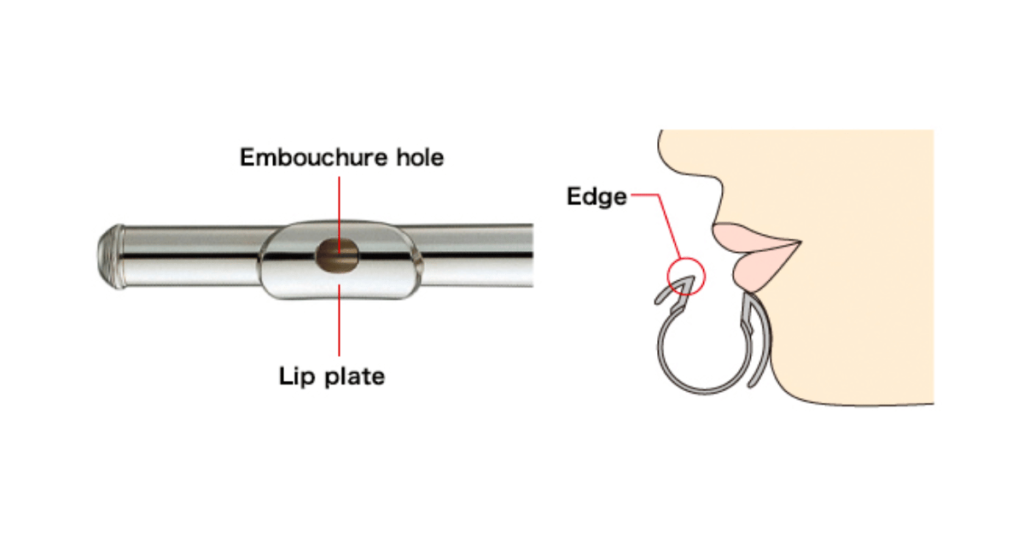
The flute requires a great deal of breath support (similar to Tuba).
Strong breath support means a good, deep breath from the stomach, not a “shallow” breath from the chest. Breathing out of phase with the body’s movements causes lightheadedness, so practice taking deep breaths and exhaling slowly and consistently.
Breathing Exercise With a Metronome
Breathe in for four beats, and then play for four beats with the airflow going straight through.
Then breathe in on four beats — play for eight. Then breathe for four — play for twelve, and so on. Gradually, with practice, increase the number of beats before taking a breath.
Now, do this exercise every day (or right before every practice session) to help regulate your breath. Also, practice your scales like this to learn which types of air streams each note requires.
10 Fix Your Embouchure and Posture
Many beginners struggle with a thin, airy tone, especially on the notes below the middle-line B flat (Bb) and above the second-space B flat. To avoid this, keep your chin up and work for an elimination of “lost air” at the edges of the tone hole.

Make your “aperture” (the space between your lips) small. This forces the airstream into the flute in the right direction. By blowing across the lip plate (rather than through it) you will get a strong, clear tone.
A fast airstream is the “all-important key” to holding a whole tone, particularly at upper and lower registers. Spend long tone practice and FOCUS on achieving the quality of a full, solid sound.
When working on your tone, imagine you’re playing a lullaby to put someone to sleep — this mental image would automatically produce a softer and more soothing sound.
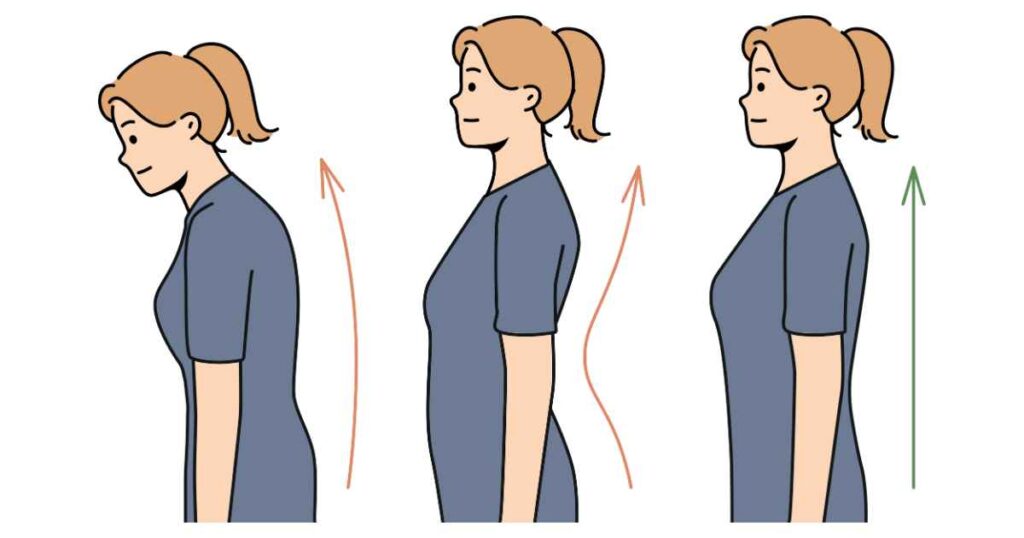
It also helps when you can see yourself playing in a mirror because you can make some changes on the fly and develop better habits — pay attention to your posture, how you are holding the flute and your embouchure.
Many beginners move their fingers too far from the keys they are not pressing, which breaks fluidity (especially in faster passages).
For middle register D and E flat, ensure that your left index finger is up off the key — curve your fingers near the keys and NEVER keep them flat!
11 Join A Group
Join an orchestra, flute band, or any other music community within your area!
Playing with others is one of the best ways to improve your skills — it provides practical experience when you learn to blend with different instruments (timing, rhythm, and so on…)!
Attend the flute concerts! Not only will you enjoy beautiful music, but also pick up valuable pointers
Do not be shy or afraid to ask the performers for top tips and insight — most are ready to share everything they know with you!
Bonus: Pick a Flute That Comfortable For You
It is very critical to choose the right flute.
A standard C flute is suitable for most adults. For smaller individuals, about the size of 9-10 years old, consider a curved headjoint to help young children and smaller individuals hold the instrument properly. (Read my post with Top 9 Best Beginner Flutes)
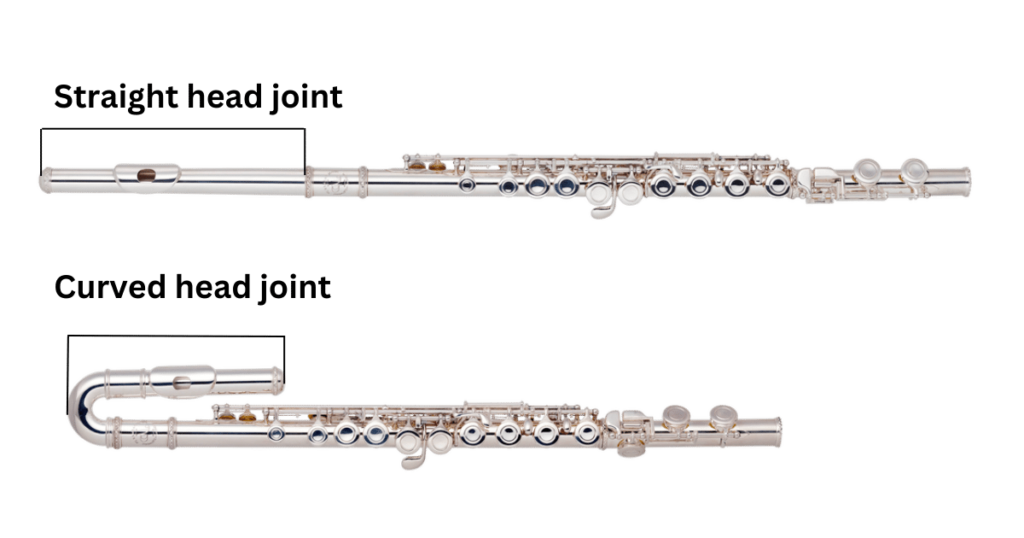
Stay away from the piccolo for now as it is one octave higher than the C flute and much more challenging to make sounds in tune.
An important tip — never to buy a cheap flute from Amazon as you don’t want to start with a poorly made instrument
Conclusion: Easy Tips For Beginner Flute Players
I hope these eleven tips give you valuable insights (and practical advice). Remember, every musician starts from somewhere and ANYBODY can become a pro flutist.
Enjoy the journey and the beautiful music that YOU will create along the way.
Start learning and see where it goes — perhaps you will find the prodigy in yourself 🙂

